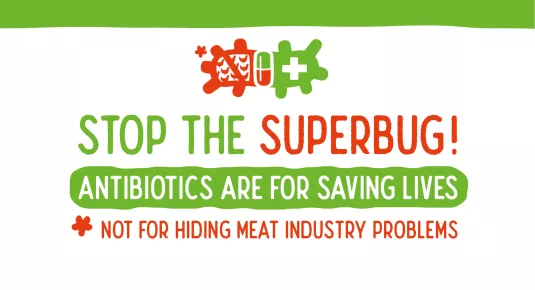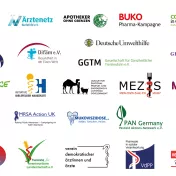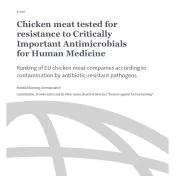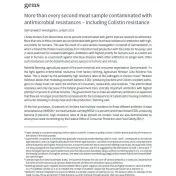Antibiotics are essential for the treatment of serious diseases and as life-saving drugs. Preserving their effectiveness is considered one of the most urgent tasks in both human and veterinary medicine.
Careless, excessive and regular use or even misuse of antibiotics promotes the development of antibiotic-resistant pathogens that are spread by various routes. As a result, more and more antibiotics are threatening to become ineffective - diseases are becoming increasingly difficult or even impossible to treat.
Due to the already very critical situation, institutions such as the World Health Organization (WHO) speak of the beginning of a post-antibiotic era and a growing threat of pandemic proportions.
In addition to various challenges to improve the use of antibiotics in human medicine, the use of antibiotics in industrial livestock production is a major concern in the veterinary sector. The animals used there, which are bred for high performance and therefore susceptible to disease, and which are mostly kept in large herds, as well as other intensive husbandry conditions, lead to a high and regular use of antibiotics. These conditions are highly conducive to the development of antibiotic resistance.
Antibiotic-resistant pathogens, but also the active substances themselves, get into the environment (air, soil, surface water, groundwater) via the exhaust air from animal housing facilities and via spread liquid manure or fermentation residues. From there, they can be transferred to humans. The products of animal production, such as meat in particular, but also raw milk, have also been shown to be regularly contaminated with resistant germs. Antibiotic-resistant pathogens can also be transmitted to humans through direct contact with animals.
Pathogens transmitted to humans can either directly cause infections in humans that are difficult to treat or make effective antibiotic treatment of other infections difficult or even impossible. It becomes particularly threatening when pathogens become resistant to antibiotics of last resort. The "highest priority critically important antimicrobials" (WHO) should be classified as such antibiotics.








